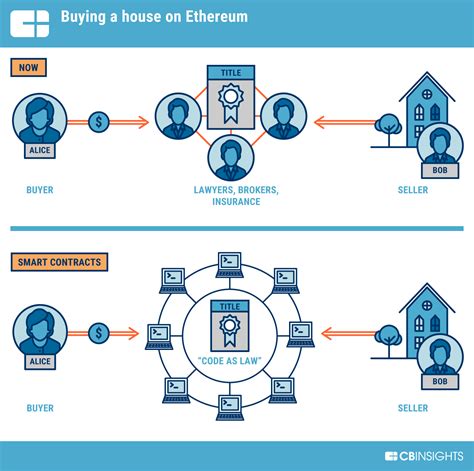Ethereum: Get number of open orders for a symbol using Binance’s Node.js API
February 8, 2025How Stablecoins Can Help You Navigate Crypto Market Fluctuations
February 8, 2025
Ethereum Transaction Division Understanding: Property Dough
The question of how cryptocurrency, such as Ethereum, determines the characteristic of a divided transaction, especially when two outputs are created, many users surprised. In this article, we will go into the internal operation of the Ethereum network and check how it ensures that the right wallet is related to the second address.
Dealing of transactions with ethereum
When the user divides the transaction to create a lot of outputs, each output represents a separate amount of cryptocurrency transmitted or sent. This process is known as the “division” or “separation” coins. The distribution creates two new addresses, one for the initial amount and the other for a change.
How Ethereum checks the property
Ethereum’s decentralized nature requires a more sophisticated approach to property inspection compared to traditional blocks such as Bitcoin. Although there is no centralized authority that controls portfolio balance or transaction results, the network is based on smart contracts (also known as “decentralized applications” or “dapps”) introduced into the blockchain.
Ethereum uses a combination of cryptography and a combination of reasonable contract validation to check ownership of the transaction. Here is a simplified overview:
1
The validation of the transaction : When the user sends the transaction, it is checked by the Ethereum network using sophisticated mathematical algorithms to make sure that the sender has enough funds or meets other requirements.
- These contracts are stored in the blockchain and contain information on the original output owner.
- This is done by analyzing various factors including:
* Transaction fee
* Block the time marker
* Network overload
* History of Portfolio Balance and Property
The address was created, often referred to as the “shift” address, which serves as confirmation of the second output ownership.
Customer Portfolios and Displays
Ethereum wallets or customer applications such as MyethHerwallet or Metamk, the right change address is usually shown in different ways:
* Balance Display : The safe will show the owner’s original account balance.
* The History of the Deal

: Users can view their business history, including shared transactions and appropriate results.
* Displaying Address : McCli can also display the second output address in the main profile of the user blockchain or as part of a larger portfolio summary.
Application
The complex architecture of the Ethereum network and the decentralized project allow you to solve ownership issues related to the transaction departments. Using intelligent contracts, cryptographic techniques and EVM validation, Ethereum correctly provides users to identify as divided transaction owners. This innovative approach gave preference to the universal acceptance of the cryptocurrency space and paved the way for further decentralized applications.
